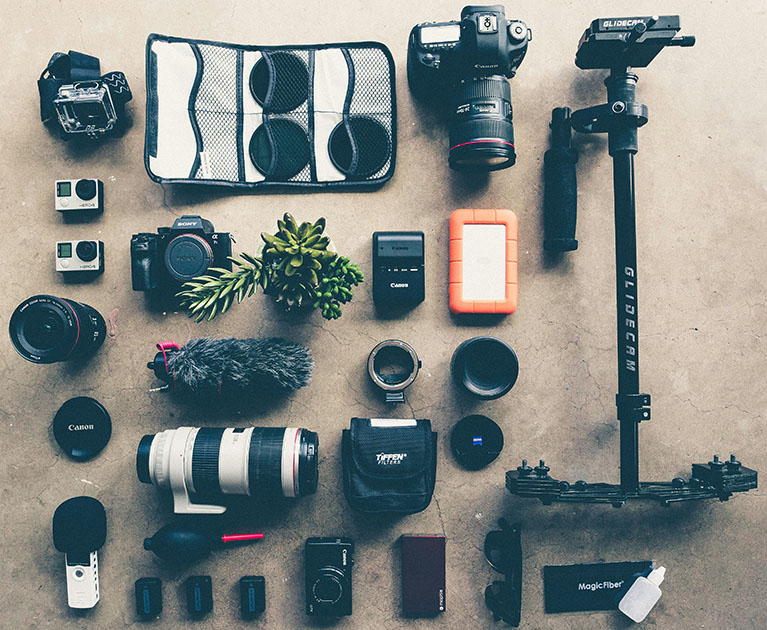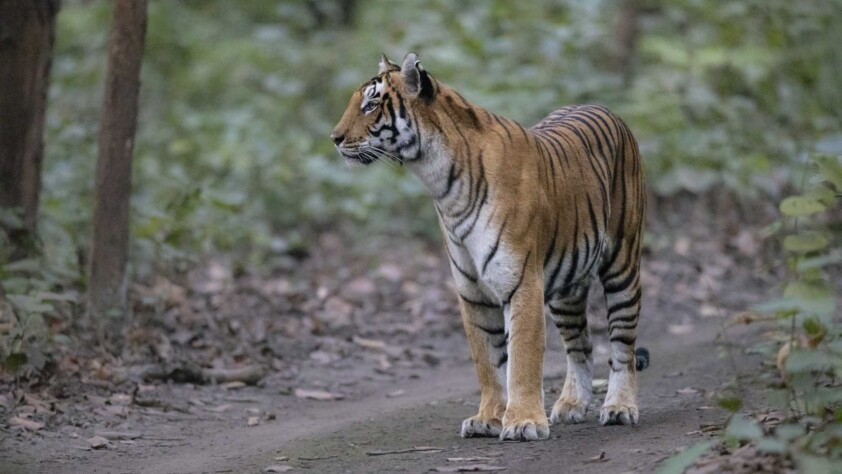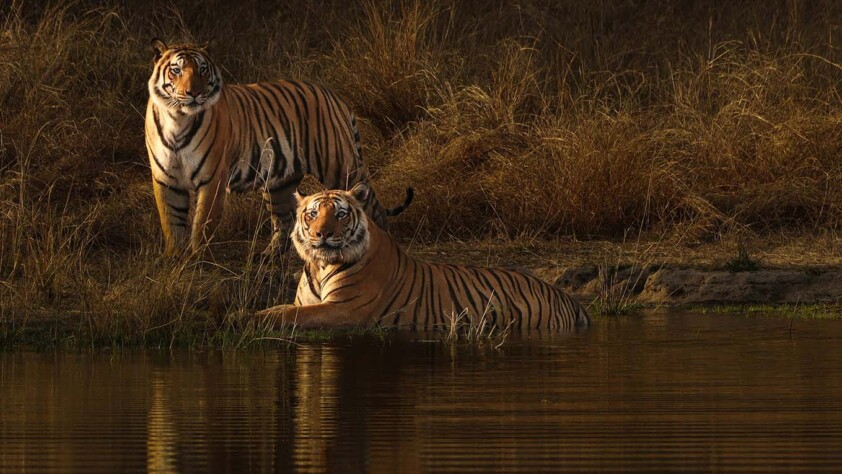
Comprehensive Guide to Wildlife Photography Courses
Wildlife photography courses provide enthusiasts with the skills and knowledge needed to capture stunning images of animals in their natural habitats. These courses range from beginner to advanced levels, covering various aspects of photography, from technical skills to creative composition. Here’s a detailed guide to what you can expect from wildlife photography courses and how they can benefit you.
Introduction to Wildlife Photography
Wildlife photography is a specialized genre that requires a unique set of skills, including patience, knowledge of animal behavior, and technical proficiency with camera equipment. It involves capturing images of animals in their natural environments, often under challenging conditions.
Types of Wildlife Photography Courses
1. Beginner Courses:
- Overview: Designed for novices, these courses cover the basics of photography, including camera settings, exposure, and composition.
- Key Topics:
- Understanding your camera: DSLR, mirrorless, and point-and-shoot.
- Basic settings: ISO, aperture, shutter speed.
- Introduction to lenses and their uses in wildlife photography.
- Fundamentals of composition: Rule of thirds, leading lines, framing.
2. Intermediate Courses:
- Overview: For those with some photography experience, these courses delve deeper into technical and artistic aspects.
- Key Topics:
- Advanced camera settings and techniques.
- Understanding light: Natural light, golden hour, and using reflectors.
- Animal behavior: Predicting movements and capturing action shots.
- Post-processing basics: Introduction to software like Adobe Lightroom and Photoshop.
3. Advanced Courses:
- Overview: Targeted at experienced photographers looking to refine their skills and build a professional portfolio.
- Key Topics:
- Mastering manual mode and exposure compensation.
- Advanced composition techniques: Symmetry, patterns, and textures.
- Ethics in wildlife photography: Respecting nature and minimizing impact.
- Professional post-processing: Detailed editing techniques, color correction, and retouching.
Specialized Workshops and Field Trips
Many wildlife photography courses include practical workshops and field trips, offering hands-on experience in natural settings. These might involve:
- Safari Workshops: Guided trips to wildlife reserves and national parks, providing real-world shooting opportunities.
- Bird Photography Workshops: Focusing on techniques for capturing birds in flight and natural behaviors.
- Macro Photography Workshops: Exploring the world of insects, plants, and other small subjects, emphasizing close-up techniques.


Online Wildlife Photography Courses
With the rise of digital education, many institutions and photographers offer online courses. These are ideal for those who cannot attend in-person classes. Online courses often include:
- Video tutorials covering theoretical and practical aspects.
- Live webinars and Q&A sessions with experienced photographers.
- Assignments and feedback sessions to track progress.
- Access to a community of fellow learners for networking and support.
Benefits of Wildlife Photography Courses
1. Skill Development:
- Technical Proficiency: Learn to use camera settings, lenses, and accessories effectively.
- Artistic Vision: Develop an eye for composition, lighting, and storytelling.
2. Knowledge of Wildlife:
- Understand animal behavior, habitats, and ecology, which is crucial for ethical and effective wildlife photography.
3. Professional Growth:
- Build a strong portfolio that can open doors to freelance opportunities, exhibitions, and collaborations.
- Learn about the business side of photography, including marketing, licensing, and client management.
4. Ethical Practices:
- Courses often emphasize the importance of ethical practices, ensuring that photographers respect wildlife and their habitats.
Choosing the Right Course
When selecting a wildlife photography course, consider the following factors:
1. Instructor Expertise:
- Research the instructor’s background, portfolio, and teaching experience.
2. Course Content:
- Ensure the syllabus covers both technical and creative aspects of wildlife photography.
3. Format and Flexibility:
- Decide whether you prefer in-person classes, online courses, or a combination of both.
4. Practical Experience:
- Look for courses that offer hands-on workshops and field trips.
5. Reviews and Testimonials:
- Check feedback from previous participants to gauge the course’s effectiveness and value.
Conclusion
Wildlife photography courses offer invaluable opportunities to enhance your skills, deepen your understanding of nature, and develop a professional portfolio. Whether you are a beginner looking to start your journey or an experienced photographer aiming to refine your craft, there is a course tailored to your needs. Embrace the adventure, and let the beauty of the natural world inspire your photography.


